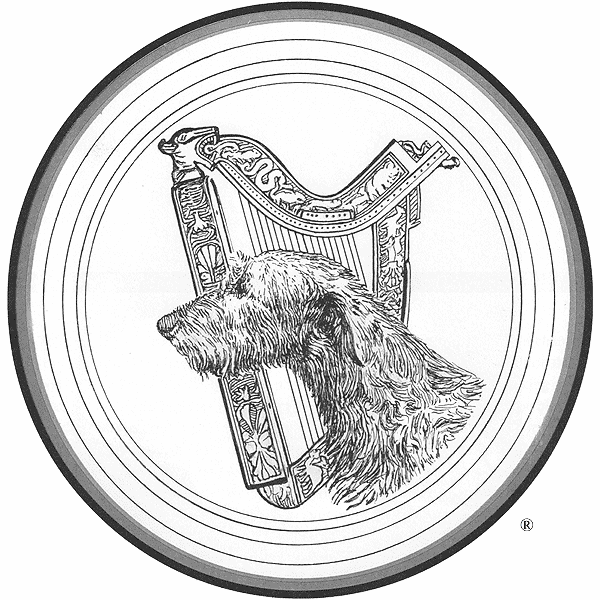Houston rescued Irish Wolfhounds
10/03/2014
I'd like to share with you a few of my personal experiences during these first few weeks in the rescue effort for what has come to be known as "the Texas 72". I'm a practicing veterinarian and am on the Rescue Committee of the South Central Irish Wolfhound Club. I've been involved in rescue for sighthound breeds, especially wolfhounds and salukis, for years, but I've also worked extensively with shelters, both traditional and "no-kill" and non-profit spay/neuter organizations. In 25 years I have never seen a situation quite like this one. Any endeavor involving this number of individual dogs is challenging, but the extreme size of our breed makes for some very special problems, particularly in housing and transport. Rescue situations of this magnitude usually involve toy breeds and shelters are not usually set up to accommodate dogs the size of an IW, even for short periods of time, though the majority of these individuals fall toward the smaller end of the soze spectrum for the breed. The Houston SPCA not only accommodated them, but managed to do it with a quality of care I never expected. We could never have made this work without them. A full size van may transport dozens of miniature poodles in stacked crates, but may only be able to move four to six IWs in trip.
The general physical state of the dogs, as a whole, was better than I expected. The majority appeared to range in age from 2 to 5 years. Most had matted coats and external parasites but very few had serious skin infections. About 1/2 are positive for the presence of heartworm, but few show clinical signs of disease and all are underweight.
Our greatest challenge with this group, however, will not be their physical condition but their mental state. Having apparently been raised with a minimum of direct human contact, many are nearly feral in their behavior patterns. Due to the inherently gentle nature we all love so in this breed, there are a very few who show anything but the most submissive qualities. However, none are familiar with a leash. When attempting to walk them on lead, they bucked and struggled to escape or laid down passively, not understanding what was expected of them. While attempting to load the first dogs for transport, it was necessary to carry them out to the waiting vehicles. The best of them seek attention, and if you move slowly to not startle them, they will take treats and stand for petting and attention. Most of the group, while moving toward humans who go very slowly with them and actively following when you turn to leave, are too frightened to be handled easily. They attempt to avoid most contact but freeze when they are restrained and submit when caught. It is completely obvious they do not understand physical affection from a human. This group should, with time and much patience, learn to trust humans, but will never really be candidates for events outside the home like St Patrick''s Day parades or dog parks. The final group cannot yet be regularly handled. I can catch and restrain them if necessary for medical care, but this is a traumatic experience for them and is currently best avoided until they learn to trust us a little. There has been improvement in the week between my visits to the shelter. As a group, they are less anxious when someone enters their kennel and I can actually handle a larger number of them than during the first visit, but a certain number of these dogs may never behave in a manner consistent with a "pet". Some will never experience the parades and picnics we associate with the rescue community, but can learn to trust and love a family in a stable and consistent environment. They may always exhibit the traits and postures we associate with wild dogs and coyotes. This for me is the saddest part of this situation. We may still be looking for "forever" homes months and possibly over a year from now for these individuals.
Please be patient with us as we try to establish what each dog needs to move successfully into the next stage of its live. Due to the special needs of these guys, we will be screening foster homes with even greater care than is normal, since they may be in these locations far longer than is typical. They will be different than any rescue with which you've ever interacted, but if you can see one start to trust and begin to act like the pet he deserves to be, it will be an experience you will forget.
And please be patient as we attempt to work through the hundreds and hundreds of offers of aid.
Melanie Mercer, DVM



